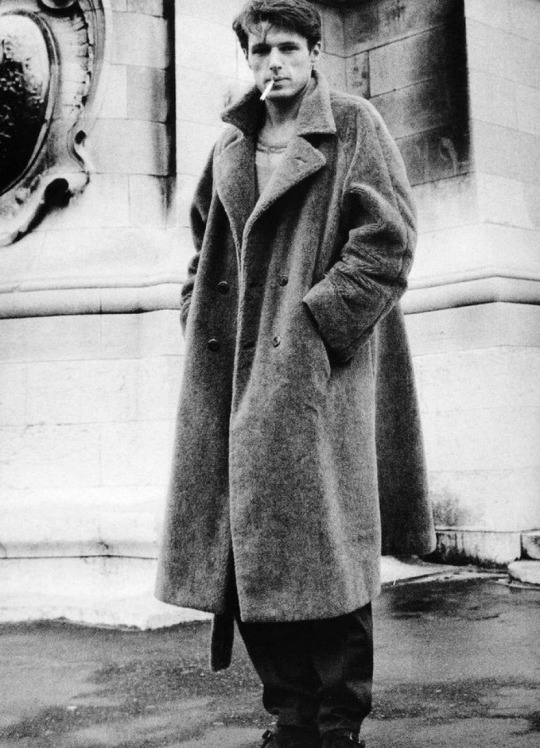#Lambert Wilson
Text
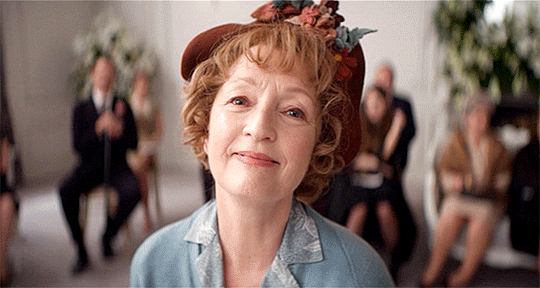
MRS HARRIS GOES TO PARIS | GAG REEL
#🥰#gag reel#lesley manville#mrs harris goes to paris#lucas bravo#isabelle huppert#lambert wilson#ellen thomas#jason isaacs#alba baptista#anna chancellor#freddie fox
119 notes
·
View notes
Photo

Lambert Wilson
Gender: Male
Sexuality: Bisexual
DOB: 3 August 1958
Ethnicity: White - French
Occupation: Actor, singer, activist
67 notes
·
View notes
Photo
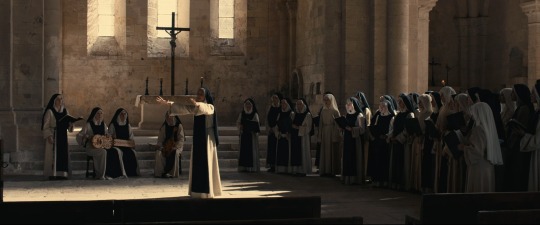
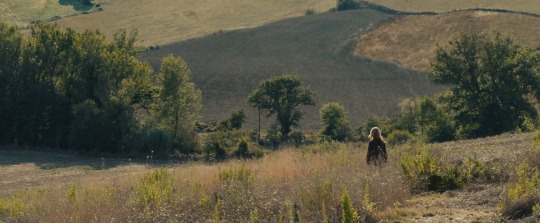
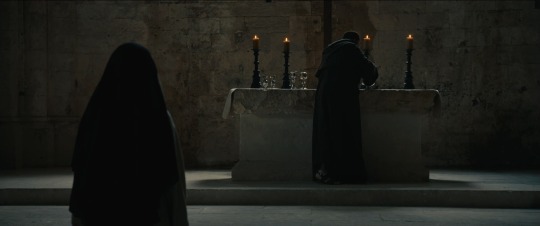
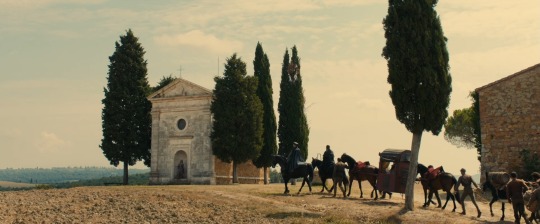

“I don't know God's ways, but he works his will through me.”
Benedetta (2021) dir. Paul Verhoeven
#benedetta#virginie efira#daphne patakia#charlotte rampling#lambert wilson#paul verhoeven#films#film stills#film screencaps#screencaps#period film#period drama#period drama screencaps
182 notes
·
View notes
Text

Lambert Wilson photographed by Ellen Graham
27 notes
·
View notes
Text
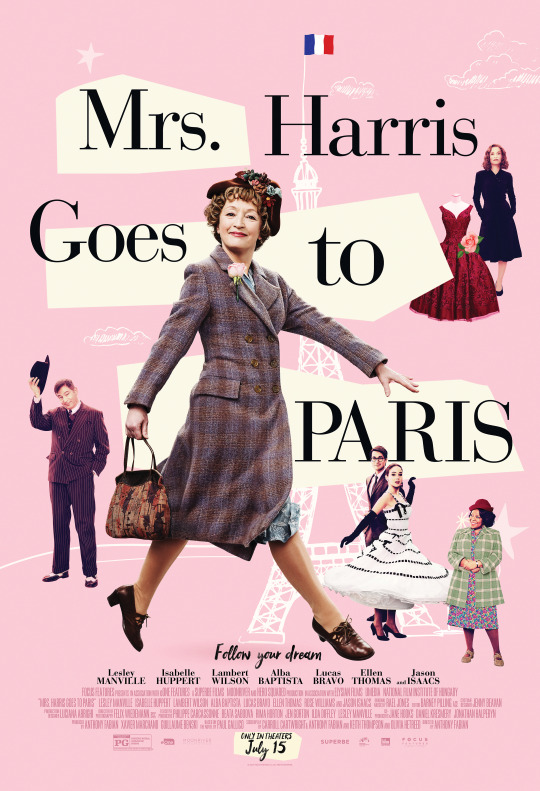

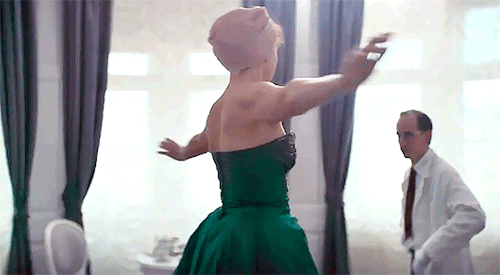
Top Picks of 2023
My Top 20 Favorite Movies - #17: Mrs. Harris Goes to Paris
Running Time: 115 Minutes
Released: September 30th, 2022
Watched It: January 2023
#Top Picks of 2023#My Top 20 Favorite Movies#Mrs. Harris Goes to Paris#Lesley Manville#Isabelle Huppert#Lambert Wilson#Alba Baptista#Lucas Bravo#Ellen Thomas#Rose Williams#Jason Isaacs
21 notes
·
View notes
Text
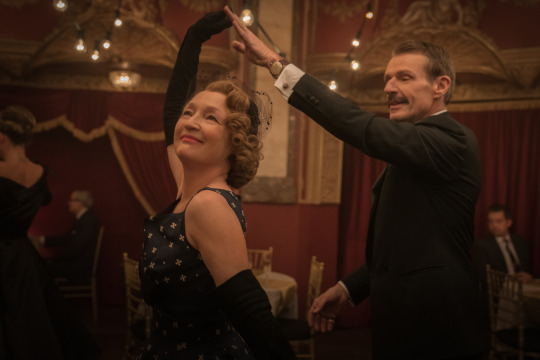
Lesley Manville and Lambert Wilson in Mrs. Harris Goes to Paris (2022)
#lesley manville#lambert wilson#mrs. harris goes to paris#movies#period drama#period movies#perioddramaedit#film stills#costume design
9 notes
·
View notes
Photo




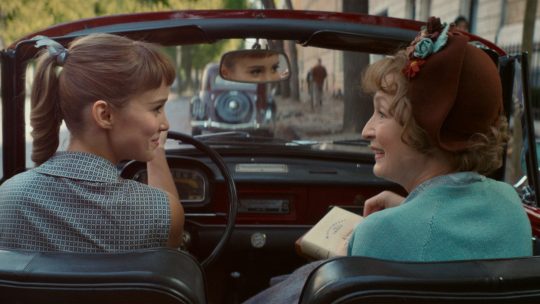



Mrs. Harris Goes to Paris (2022) Anthony Fabian
December 27th 2022
#mrs. harris goes to paris#2022#anthony fabian#lesley manville#lucas bravo#alba baptista#lambert wilson#isabelle huppert#ellen thomas#jason isaacs#rose williams#roxane duran#bertrand poncet
81 notes
·
View notes
Text
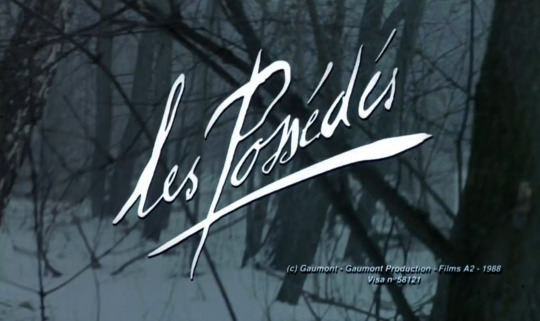


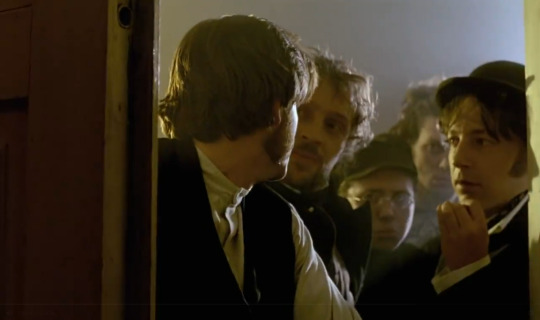
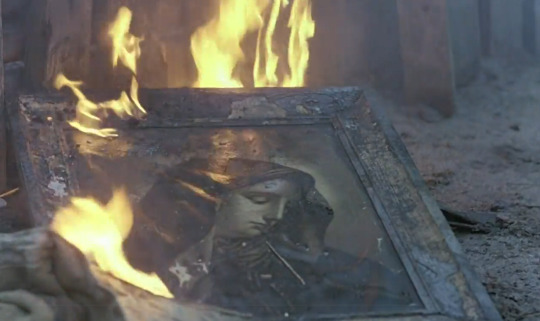



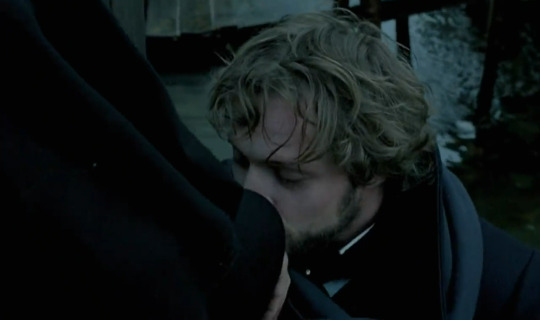

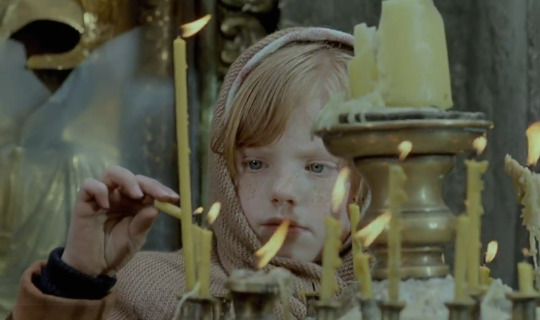



Four of them should be able to kill the fifth. He's executed, accused of treason. The four who have shed blood will be bound forever.
Les possédés (1988) dir. Andrzej Wajda
#andrzej wajda#les possedes#demons#бесы#dostoyevsky#fyodor dostoyevsky#jerzy radziwilowicz#jean-philippe ecoffey#lambert wilson#laurent malet#mine#jutta lampe#took ages but finally found a faithful adaptation!#you can tell it was made with love so many perfect choices made like starting with ivan digging a grave for the printing press?#chefs kiss#love the casting for ivan shatov and pyotr verkhovensky#the way this novel will root its way through your heart is maddening I swear you can't finish this book and be normal about it#you don't even have to Enjoy it this book WILL afflict you in some real and indelible way#I wrote a 350k word novel inspired by it but I can't be the only one#avoid the recent radio 4 adaptation though its awful they managed to cut out everything decent from the book#camus also leaves out so many good bits in his no shade#love the 2014 one and all the direct quotes but it has some... odd directorial choices. still 100% convinced they watched this#so many scenes in this movie I went “oh so the 2014 one just. directly copied those visual huh. this staging is. identical.”#anyway thank you wajda you were so real for this#only complaints no darya and they forgot to film the ending#but that's a mistake anyone could have made
15 notes
·
View notes
Text




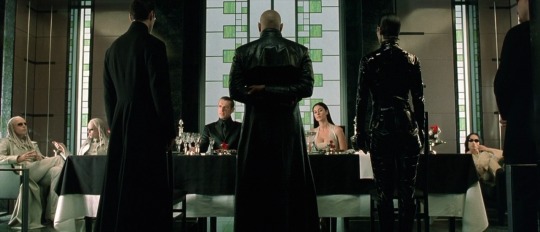





The Matrix Reloaded (2003) dir. Lana Wachowski, Lilly Wachoski
#the matrix reloaded#lana wachowski#lilly wachowski#laurence fishburne#carrie anne moss#keanu reeves#lambert wilson#monica bellucci#helmut bakaitis#film#cinematography
138 notes
·
View notes
Text

Ernest & Celestine: A Trip to Gibberitia (2022, France)
Before the late 2000s and early 2010s in the United States, the possibility of finding mostly hand-drawn animated features from outside the major American studios and select anime works was a remote one if you did not live near a major city. Chipping away at that reality is New York City-based GKIDS, a distributor dedicating itself to introducing independent animation, “for both adult and family audiences.” Without GKIDS, Ireland’s Cartoon Saloon (2009’s The Secret of Kells, 2020’s Wolfwalkers) does not have the international reputation that it now has. GKIDS’ dedication to playing both dubbed and subbed versions of movies (before handing over theatrical distribution rights of Studio Ghibli movies to GKIDS, Walt Disney Studios only offered English dubs for theatrical releases) has shown its respect for its audiences.
When I saw Ernest and Celestine (2012, France/Belgium) in a theater in March 2014, it was the first GKIDS release I saw that was staunchly a children’s movie. What I saw that day was eye-opening. Here, like the animated movies that colored my younger days, was a work that could easily appeal to kids. But had similar, if not equal, appeal to adults. Call me a provincial and ethnocentric American all you will, but I realized then that non-English and non-Japanese-language animation is not always “more sophisticated” than what my friends and I mostly watched. It remains, to me, one of the best animated features of this young century. My thanks to GKIDS for all that they provide to American audiences willing to branch out beyond what is most readily available.
A decade and a CGI animated television series later, a new film based on the duo created by the late author-illustrator Gabrielle Vincent arrives. Based on an original story, Ernest & Celestine: A Trip to Gibberitia (in French: Ernest et Célestine: Le Voyage en Charabïe) retains the spirit of the loving friendship between bear and mouse – both perpetual outsiders. This hand-drawn sequel’s directors are Julien Chheng (animator on the original movie, producer of Primal, and director of “The Spy Dancer” from Star Wars: Visions) and Jean-Christophe Roger (a director on the TV series). There was no involvement from the original movie’s directors – I’m unsure what Stéphane Aubier and Vincent Patar (2009’s A Town Called Panic) are up to; Benjamin Renner is now working at Illumination. With some modifications that resemble more of the television series than the original film, Ernest & Celestine: A Trip to Gibberitia is another comedic delight, with pointed statements to make about the absurdity of government censorship. It does not exactly recapture the aesthetic pleasures nor the succinct writing of the first movie, but it still compares favorably than almost anything released in English-language animation this year.
Ernest and Celestine (Lambert Wilson and Pauline Brunner, both returning to the roles), defying societal expectations and a biased legal system in the first film, are still living together. Celestine draws and paints. Ernest, who has just awoken from hibernation, busks on his Stradibearius violin and bandoneon (it’s not an accordion). One day, Celestine accidentally breaks the neck of Ernest’s violin – Celestine is repentant, Ernest distraught but not angry. The only one who can fix the violin is the original craftsman, Octavius (Jean-Marc Pannetier). He lives in Ernest’s all-bear homeland of Gibberitia (Charabïe*), and Celestine believes that they should travel there immediately. A resistant Ernest opposes the plan, but has no choice to follow Celestine when she takes the violin and sets off to Gibberitia on her own. In the first film, Ernest mentions his estranged relationship with his family was due to the fact that he became a musician rather than go into law. In this sequel, Celestine learns the exact details of that conflict, and Ernest witnesses the changes in his family (his parents and especially his younger sister) and Gibberitian society that have transpired due to his decision.
Without spoiling too much, Gibberitia has outlawed all musical notes except for one (a C, or referring to solfège, “Do”). How are the average Gibberitian bears coping? All you have to do is look at the national slogan: “That’s just how it is.”‡ Meanwhile, a mysterious saxophonist vigilante named EFG (“Mifasol”, again referring to solfège) playing multiple-note music is giving the Gibberitian police a headache.
Screenwriters Guillaume Mautalent and Sébastien Oursel (the French-Irish animated TV series Glactick Football) present an endearing screenplay that captures the platonic love between bear and mouse. This happens in spite of a messy final act, headlined by a head-scratching decision from Ernest to acquiesce to his father’s demands just before the climax (the result of what the directors Chheng and Roger admit were significant changes to the story in order to accommodate a film where music helps to drive the narrative). The friendship that Ernest and Celestine built in the first film has grown in the time between the two films, and it is reassuring to see that they remain so close. One sees it in their reactions when Celestine breaks his violin, Ernest’s attempts to make sure Celestine is safe, her disgust when she hears about his parents’ expectations, and quieter moments where little else is happening. Simple as their friendship may seem, their relationship has deepened over time, through their distinct but complementary personalities and mutually weathered conflicts. Certainly, Ernest can be a bit of a grump and Celestine has an impulsive streak. But the two accept each other for who they are in that moment, and cannot stand the sight of others treating their friend without compassion. There is much for children to learn here and in the previous film, as well as adults.
That ability to tell a story appealing (in different ways) to both younger and older audiences is even apparent in the drama that exists alongside Ernest and Celestine’s relationship. Gibberitia’s decision to outlaw all but one musical note provides the bulk of this sequel’s comedy and dramatic intrigue. Children will get a kick out of the situation's silliness, as even Gibberitia’s songbirds find themselves on the receiving end of the police’s high-pressure hoses. How much laughter can one elicit from playing a piece, with a straight face, that has only one note? More than you think. Adults will quickly notice the surprisingly sharp critique towards government officials looking to censor works of art. Artists are incarcerated without trial for playing anything other than a C. That the reasons behind the decision are hilariously shallow (rather than, to take a real-life scenario, an intent to further marginalize marginalized groups) makes the movie’s messaging that much more effective for all audiences.
Ernest and Celestine’s conversations with the local constabulary are alarmingly fruitless, usually ending with the authority saying something alone the lines of: “because I said so” or the oft-quoted “that’s just how it is.” If Gibberitia’s kritarchy is outlawing all but one note, what else are they up to? Co-directors Chheng and Roger and co-writers Mautalent and Oursel, to ensure the film’s appeal to children, will not say and steadfastly stick to the ban on all but one musical note. In a show of respect to viewers of all ages, they color the film’s protagonists and their allies with both irreverence and a bold refusal to honor the status quo. It befits Ernest and Celestine (the pair and the prior film): two social outcasts who found friendship through art, who stuck together in the face of mutual xenophobia by their fellow bears and mice (a similar allegory that 2016’s Zootopia bungled). When individuals are allowed to be what they want, when musicians can play whichever notes they wish, does that not make our world – humans and sassy talking animals alike – richer and more beautiful?
Where the preceding television series Ernest and Celestine, the Collection was animated with computers, Chheng and Roger decided to return to hand-drawn animation for Ernest & Celestine: A Trip to Gibberitia. Says Roger in his non-native English:
There is a kind of emotion very, very specific to the drawing. It doesn't really work when it's CG. So we wanted to keep that kind of emotion, or very artistic part, as a part of the film itself. So that's why we came back to the animation, and we work in a specific way to give freedom to animators to express the feeling of the character just by their drawing and animation.
What I think Roger is attempting to say here is that, with a hand-drawn film, character expressions lead into the audiences’ emotional intuition better than computer-generated animation. There exists an expectation, implicit or not, that CGI animation should be “more realistic” than anything hand-drawn. This expectation does not exist with hand-drawn animation, and the rawness and immediacy of the craft lends to greater emotional engagement and work from the viewer. Chheng also added in that same interview that he did not want a “heavily rendered” work, and thought it appropriate to give their animators as much artistic freedom as possible while being respectful to the original illustrations by Gabrielle Vincent. The visible brushstrokes and various pencil scribbles call attention to the animators’ handiwork, and are a homage to those original Gabrielle Vincent illustrations.
Chheng and Roger make some changes in style from the first film. The watercolor style remains, but the white voids and intentionally incomplete exterior backgrounds are gone, with more detail packed into the frame for this sequel. Foregrounds, too are more detailed than before. These changes are probably due to the new setting of Gibberitia: a mishmash of Russian, Ukrainian, Moldovan, and Central Asian influences (Roger was particularly influenced by a trip he made through northern Pakistan into China). Gibberitia is eye-popping, a visual delight, and a more captivating animated production design than in the preceding movie.
youtube
Moreso than the preceding movie, the score drives much of the narrative. Vincent Courtois returns to compose another Ernest & Celestine film, and this is a more memorable outing than the first go. Courtois builds his score around two major themes – one that represents Gibberitia and another signifying the Musical Resistance (and a theme that often is heard from EFG’s saxophone). The best integration of both themes comes in “Appel à la resistance” – a zany combination of swinging saxophone and bandoneon. The Gibberitia theme, often heard with bandoneon and winds (and what may be ethnically appropriate strings), reflects the vaguely Eastern European or Central Asian setting of Ernest’s homeland. The chord progressions of the idea resemble Eastern European folk music (“Korobeiniki”, better known as the Tetris theme, perhaps the most popular). The eleven-note Musical Resistance motif (begins at 0:09 in previous link), is integrated throughout the score, slowly revealing itself and becoming more apparent as Ernest and Celestine learn more about the musical freedom fighters banding together to oppose Gibberitia’s nonsensical musical policy.
Courtois composed the score before any writing was complete. This is contrast to what usually happens in any and all filmmaking, where the score is usually one of the last things to complete. From there, Chheng and Roger crafted their film and set the action sequences to the rhythm and contours of Courtois’ music. Music drives the way in more ways than one in Ernest and Celestine: A Trip to Gibberitia, making the film not just a fun watch, but a wonderful listen (and that includes the end credits song “Qu-est-ce qu’on fait de l’amour?”, composed by Courtois and performed by Pomme).
Ernest and Celestine: A Trip to Gibberitia may not as accomplished as the first film, but this is a charming continuation of what came before. A decade separates the two Ernest and Celestine films. One hopes a third will not be so far away, but Chheng and Roger sound content to wait for the right reasons and story to come their way. Now undoubtedly each other’s best friend, Ernest and Celestine stake their claim as the premier odd couple of modern animated cinema. Celestine’s optimistic determination and Ernest’s streetwise know-how, together, help themselves and others. Free of cynicism, they continue to grow with each other, spreading the hallmarks of their unlikely friendship along the way.
My rating: 8/10
^ Based on my personal imdb rating. My interpretation of that ratings system can be found in the “Ratings system” page on my blog. Half-points are always rounded down.
* This review is based on the original French audio with English subtitles. "Charabïe" definitely does not sound like "Gibberitia", but the word is derived from "charabia", which is French for "gibberish". Ultimately, the decision for English title lies with the original studio(s), not non-domestic distributors like GKIDS.
‡ More accurately, the slogan is, "C'est comme ça et pas autrement." More literally, this means: "It's this way and only this way."
Also in this series: Ernest and Celestine (2012, France/Belgium)
#Ernest and Celestine#Ernest and Celestine: A Trip to Gibberitia#Ernest et Célestine: Le Voyage en Charabie#Julien Chheng#Jean-Christophe Roger#Gabrielle Vincent#Guillaume Mautalent#Sébastien Oursel#Lambert Wilson#Pauline Brunner#Vincent Courtois#Pomme#GKIDS#My Movie Odyssey#Youtube
8 notes
·
View notes
Photo

MRS HARRIS GOES TO PARIS: new poster!
(2022, dir. Anthony Fabian) with LESLEY MANVILLE, ISABELLE HUPPERT, LUCAS BRAVO, ALBA BAPTISTA, ELLEN THOMAS, ANNA CHANCELLOR, ROSE WILLIAMS, ROXANE DURAN, LAMBERT WILSON & JASON ISAACS
#mrs harris goes to paris#lesley manville#isabelle huppert#lucas bravo#alba baptista#ellen thomas#lambert wilson#jason isaacs#rose williams#roxane duran#anna chancellor#poster
125 notes
·
View notes
Text

#Mrs. Harris Goes to Paris#Lesley Manville#Isabelle Huppert#Lambert Wilson#Alba Baptista#Lucas Bravo#Ellen Thomas#Rose Williams#Jason Isaacs#Anthony Fabian#2022
3 notes
·
View notes
Text
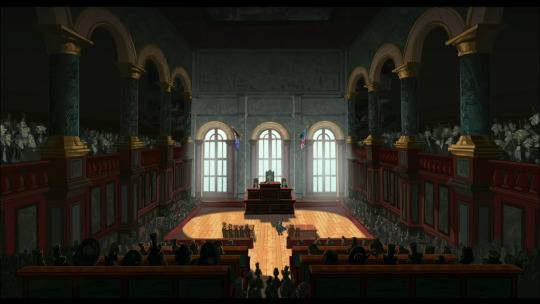

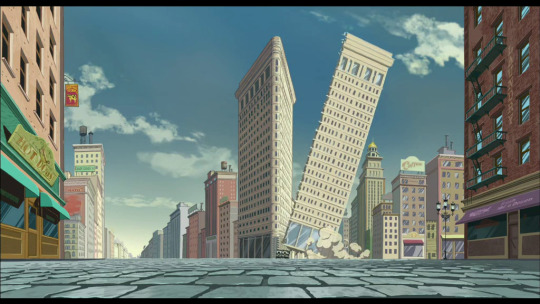

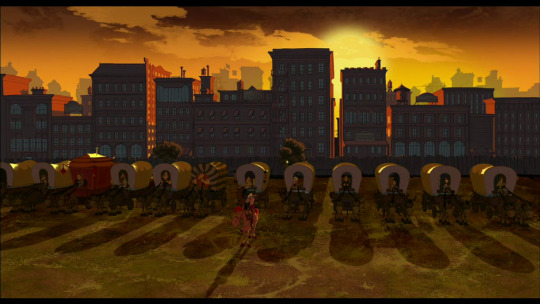
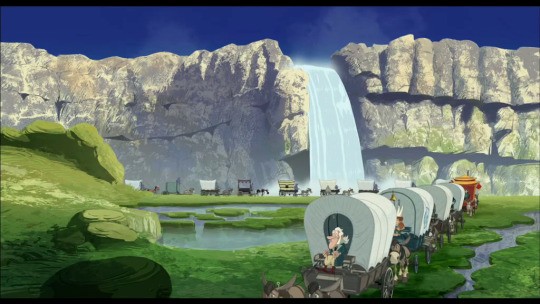




Tous à l'ouest (2007)
Réalisation : 'Olivier Jean-Marie
Chef de l’animation : Jean-Christophe Dessaint
#tous à l'ouest#lucky luke#filmedit#film#morris#aestehtic#film d animation#animationedit#cinemetography#cinematography#olivier jean marie#jean christophe dessaint#marc du pontavice#film photography#animation#cartoon#lambert wilson#jolly jumper#coupsdecoeur
53 notes
·
View notes
Text
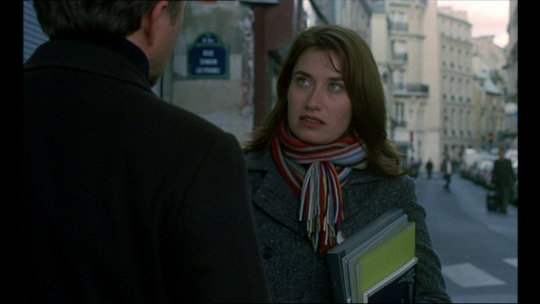






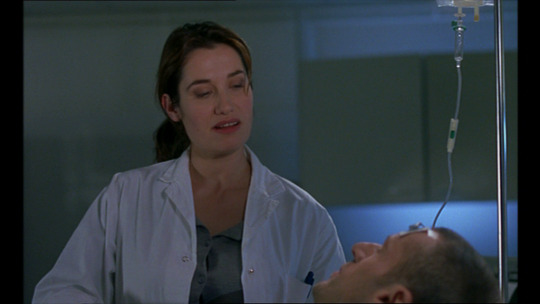

Gentille 2005
3 notes
·
View notes
Photo







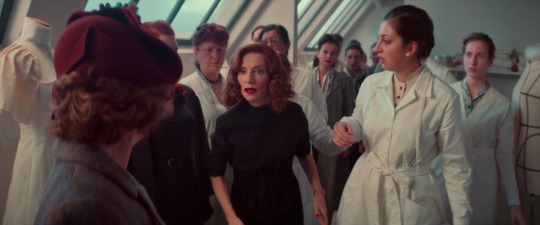
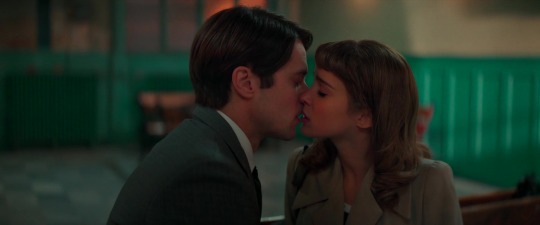
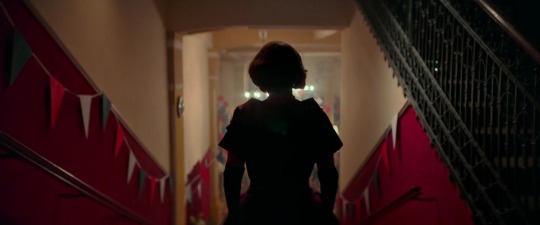
Mrs. Harris Goes to Paris (2022, Anthony Fabian)
8/17/22
#Mrs. Harris Goes to Paris#Lesley Manville#Isabelle Huppert#Lambert Wilson#Lucas Bravo#Ellen Thomas#Jason Isaacs#Rose Williams#2020s#comedy#drama#British#London#England#Paris#France#travel#maids#class differences#working class#rich people#fashion#haute couture#widows#strike#sacrifice
31 notes
·
View notes
